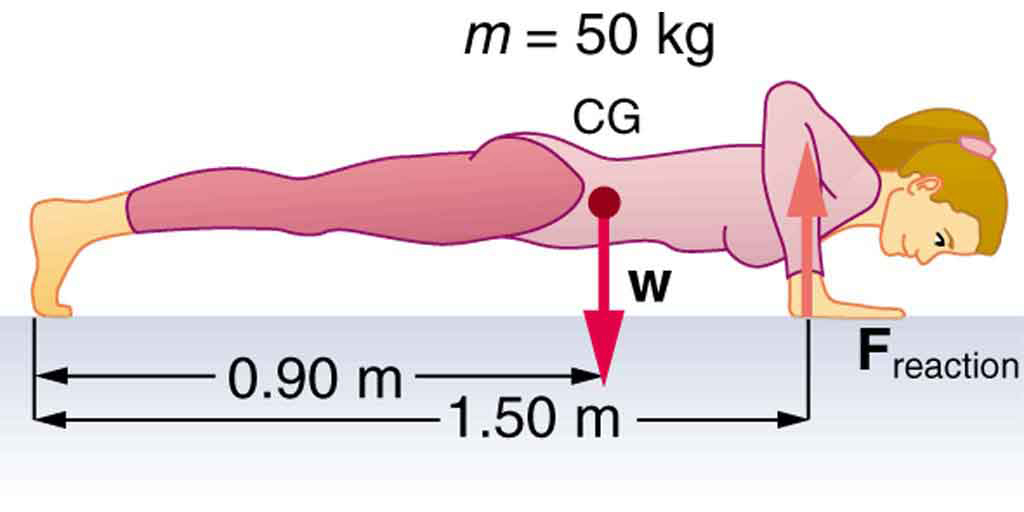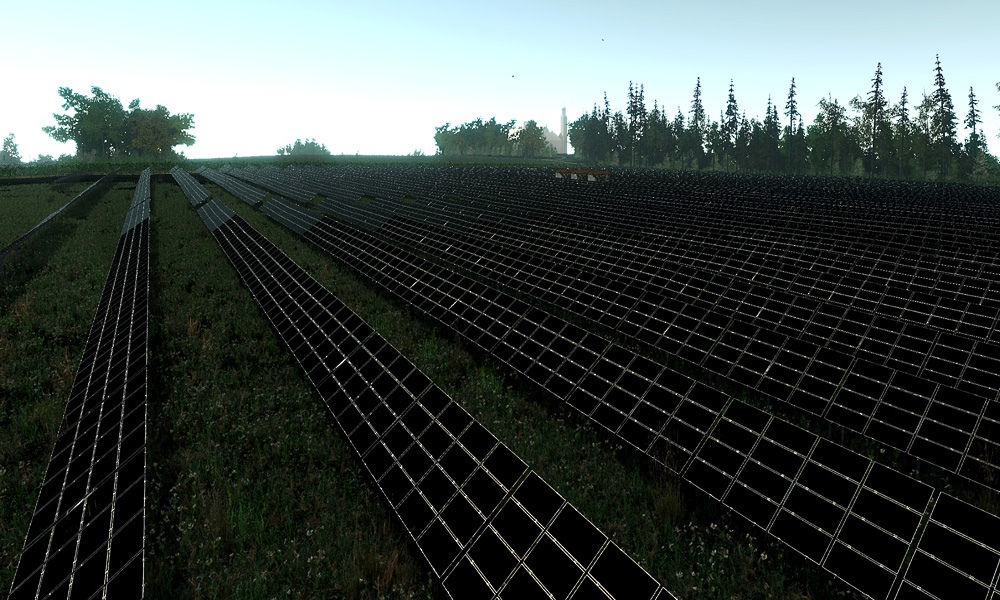Work, Energy, and Energy Resources
50 World Energy Use
Learning Objectives
- Describe the distinction between renewable and nonrenewable energy sources.
- Explain how energy transformations affect the availability of energy to do work.
- Evaluate why conserving energy resources is critical for sustainable development and global health.
Global Energy and Human Well-Being
Energy plays a foundational role in health care, agriculture, industry, and personal well-being. From maintaining hospital operations to ensuring clean water and refrigeration of vaccines, reliable energy is vital. However, today’s global energy patterns are unsustainable.
Approximately 40% of global energy use relies on oil, particularly in transportation. The U.S., for instance, holds only 4.5% of the world’s population but consumes 24% of the world’s annual oil production—two-thirds of which is imported. Such heavy reliance on fossil fuels presents not only environmental concerns but geopolitical and public health challenges as well.
Renewable vs. Nonrenewable Energy Sources
Energy sources fall into two major categories:
- Renewable: Continuously available and naturally replenished (e.g., solar, wind, hydro, biomass).
- Nonrenewable: Finite and depletable resources such as coal, natural gas, and oil.
Figure 50.1 illustrates the global energy mix. Although renewable energy contributions are rising—particularly solar and wind—about 85% of the world’s energy still comes from fossil fuels. This imbalance is a key contributor to greenhouse gas emissions and climate change, with significant implications for global ecosystems and health outcomes.
The World’s Growing Energy Needs
As global populations and economies grow, so does energy consumption. Figure 50.2 shows historical and projected energy use worldwide. Much of this growth stems from rapidly developing nations like China and India, where energy access supports industrialization, education, and modern medicine.
While renewable energy currently forms a small slice of the pie, it’s growing fast. Germany, for example, aims to meet 20% of its electricity demand from renewable sources (See Figure 50.3.). Meanwhile, India’s advances in wind and solar technologies demonstrate scalable clean energy adoption even in densely populated regions.
A table of 2006 data (Table 50.1) compares energy consumption patterns across several countries. While the U.S. and Australia show high per-capita usage, countries like Brazil and India rely more on biomass and hydro. This energy profile diversity impacts not just economics, but also air quality, disease burdens, and climate resilience.
Energy Use and Economic Health
Figure 50.4 compares energy use per capita with GDP per capita. In general, wealthier nations use more energy per person. However, improved efficiency can change this dynamic. The challenge is developing technologies and behaviors that support economic development while limiting ecological harm.
Energy Conservation: Two Meanings
In physics, the law of conservation of energy states that energy cannot be created or destroyed—only transformed. This is represented by:
[latex]E_{\text{total, initial}} = E_{\text{total, final}}[/latex]
But in sustainability science and policy, “energy conservation” refers to using less energy or improving efficiency. This includes:
- Behavioral change: Turning off unused devices, reducing travel.
- Technology upgrade: Switching to LED lighting, using fuel-efficient vehicles, improving insulation.
Why should we conserve energy if it’s never lost? Because after every transformation—such as running a motor or heating a house—some energy degrades into less useful forms like ambient heat. This thermal energy increases entropy and cannot be easily re-used. That’s why conserving useful energy is crucial.
[latex]\text{Useful energy out} \lt \text{Energy input}[/latex]
Section Summary
- Nonrenewable resources like oil and coal still dominate global energy use, but renewable sources are growing rapidly.
- Developing nations face rising energy needs; renewable infrastructure may offer sustainable solutions.
- Economic development and health outcomes are tied to energy access and efficiency.
- Even though energy is conserved in physics, its usefulness diminishes through transformation, making energy conservation essential.
Conceptual Questions
- What is the difference between energy conservation and the law of conservation of energy? Give some examples of each.
- If the efficiency of a coal-fired electrical generating plant is 35%, then what do we mean when we say that energy is a conserved quantity?
Problems & Exercises
- Integrated Concepts (a) Calculate the force the woman in Figure 50.5 exerts to do a push-up at constant speed, taking all data to be known to three digits. (b) How much work does she do if her center of mass rises 0.240 m? (c) What is her useful power output if she does 25 push-ups in 1 min? (Should work done lowering her body be included? See the discussion of useful work in Work, Energy, and Power in Humans.

Figure 50.5: Forces involved in doing push-ups. The woman’s weight acts as a force exerted downward on her center of gravity (CG). - Integrated Concepts A 75.0-kg cross-country skier is climbing a [latex]3\text{.}0º[/latex] slope at a constant speed of 2.00 m/s and encounters air resistance of 25.0 N. Find his power output for work done against the gravitational force and air resistance. (b) What average force does he exert backward on the snow to accomplish this? (c) If he continues to exert this force and to experience the same air resistance when he reaches a level area, how long will it take him to reach a velocity of 10.0 m/s?
- Integrated Concepts The 70.0-kg swimmer in Work, Energy, and Power in Humans starts a race with an initial velocity of 1.25 m/s and exerts an average force of 80.0 N backward with his arms during each 1.80 m long stroke. (a) What is his initial acceleration if water resistance is 45.0 N? (b) What is the subsequent average resistance force from the water during the 5.00 s it takes him to reach his top velocity of 2.50 m/s? (c) Discuss whether water resistance seems to increase linearly with velocity.
- Integrated Concepts A toy gun uses a spring with a force constant of 300 N/m to propel a 10.0-g steel ball. If the spring is compressed 7.00 cm and friction is negligible: (a) How much force is needed to compress the spring? (b) To what maximum height can the ball be shot? (c) At what angles above the horizontal may a child aim to hit a target 3.00 m away at the same height as the gun? (d) What is the gun’s maximum range on level ground?
- Integrated Concepts (a) What force must be supplied by an elevator cable to produce an acceleration of [latex]0\text{.}{\text{800 m/s}}^{2}[/latex] against a 200-N frictional force, if the mass of the loaded elevator is 1500 kg? (b) How much work is done by the cable in lifting the elevator 20.0 m? (c) What is the final speed of the elevator if it starts from rest? (d) How much work went into thermal energy?
- Unreasonable Results A car advertisement claims that its 900-kg car accelerated from rest to 30.0 m/s and drove 100 km, gaining 3.00 km in altitude, on 1.0 gal of gasoline. The average force of friction including air resistance was 700 N. Assume all values are known to three significant figures. (a) Calculate the car’s efficiency. (b) What is unreasonable about the result? (c) Which premise is unreasonable, or which premises are inconsistent?
- Unreasonable Results Body fat is metabolized, supplying 9.30 kcal/g, when dietary intake is less than needed to fuel metabolism. The manufacturers of an exercise bicycle claim that you can lose 0.500 kg of fat per day by vigorously exercising for 2.00 h per day on their machine. (a) How many kcal are supplied by the metabolization of 0.500 kg of fat? (b) Calculate the kcal/min that you would have to utilize to metabolize fat at the rate of 0.500 kg in 2.00 h. (c) What is unreasonable about the results? (d) Which premise is unreasonable, or which premises are inconsistent?
- Construct Your Own Problem Consider a person climbing and descending stairs. Construct a problem in which you calculate the long-term rate at which stairs can be climbed considering the mass of the person, his ability to generate power with his legs, and the height of a single stair step. Also consider why the same person can descend stairs at a faster rate for a nearly unlimited time in spite of the fact that very similar forces are exerted going down as going up. (This points to a fundamentally different process for descending versus climbing stairs.)
- Construct Your Own Problem Consider humans generating electricity by pedaling a device similar to a stationary bicycle. Construct a problem in which you determine the number of people it would take to replace a large electrical generation facility. Among the things to consider are the power output that is reasonable using the legs, rest time, and the need for electricity 24 hours per day. Discuss the practical implications of your results.
- Integrated Concepts A 105-kg basketball player crouches down 0.400 m while waiting to jump. After exerting a force on the floor through this 0.400 m, his feet leave the floor and his center of gravity rises 0.950 m above its normal standing erect position. (a) Using energy considerations, calculate his velocity when he leaves the floor. (b) What average force did he exert on the floor? (Do not neglect the force to support his weight as well as that to accelerate him.) (c) What was his power output during the acceleration phase?
Glossary
- renewable forms of energy
- those sources that cannot be used up, such as water, wind, solar, and biomass
- fossil fuels
- oil, natural gas, and coal
definition
oil, natural gas, and coal
those sources that cannot be used up, such as water, wind, solar, and biomass




